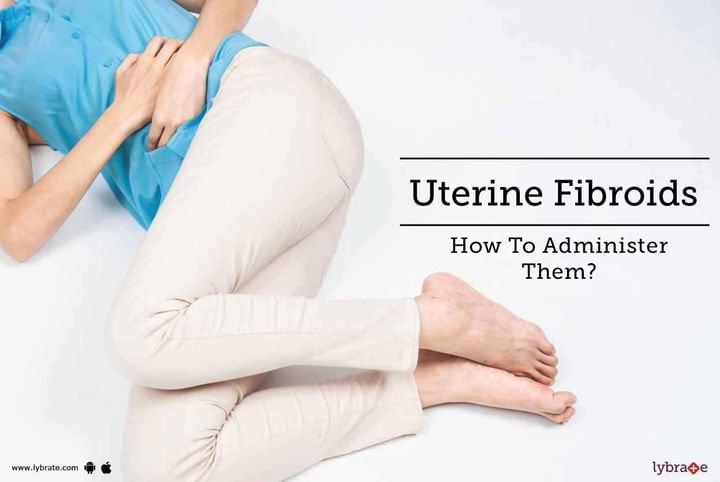Uterine Fibroids - How To Administer Them?
The uterine fibroids are one of the most common gynecologic problems, with over 40-50% of women having them at some point in their life. The number and size of the fibroids, the age of onset, associated symptoms like dysfunctional bleeding and pelvic pain will determine the management of fibroid. The following is a series of management measures, starting from the most conservative to the most invasive.
1. Wait and watch: In women who are asymptomatic, it is best to watch them for the development of symptoms without any intervention. Also, in women nearing menopause, it is best to just watch the fibroids as they just shrink once menstruation ceases.
2. Medical therapy: In some women, menstrual cycles could be heavy or irregular and require hormonal replacement. They could also have occasional pain, and so may require painkillers.
- Tranexamic acid is a non-hormonal medication that can be used on heavy bleeding days only to ease the heavy menstrual flow.
- Nonsteroidal anti-inflammatory drugs (NSAIDs) are useful in pain control. Iron and vitamin supplements are also useful in managing anemia and weakness associated with heavy bleeding.
- Oral contraceptives and/or progestins are also used to control abnormal menstrual bleeding. They do not have any effect on fibroid size though.
- Progestin could also be delivered through an intrauterine device (Mirena) to relieve heavy bleeding and prevent pregnancy.
- Gonadotropin-releasing hormone (Gn-RH) agonists: They block the production of oestrogen and progesterone, and so induce a temporary postmenopausal state. This can also be used to shrink the fibroid so it is easier to remove it surgically. This is not used for more than 3 to 6 months as they can cause hot flashes and bone loss.
- Newer drugs like Mifepristone and Ulipristal acetate are being used to shrink the size of fibroids.
3. Noninvasive procedure: MRI-guided focused ultrasound surgery is when the women are inside the MRI scanner and an ultrasonic transducer is used for treatment. The exact location of the fibroids are identified and sound waves are used to destroy the fibroid. Done on an outpatient basis, it is safe and effective.
4. Minimally invasive procedures: Uterine artery embolization is where the arterial supply is cut off to reduce fibroid growth. Myolysis is where laparoscopically heat or cold waves are used to lyse off the fibroids. Endometrial ablation is where the uterine lining is destroyed through high-intensity heat or cold waves.
5. Invasive procedures: Abdominal or Laparoscopic myomectomy is where the fibroids are removed through an abdominal incision or keyhole surgery. If fibroids are extensive and completed family, hysterectomy is the choice of treatment. Given their high incidence, fibroids require management based on symptoms, age, and other considerations as discussed and decided between the patient and the doctor.



+1.svg)
